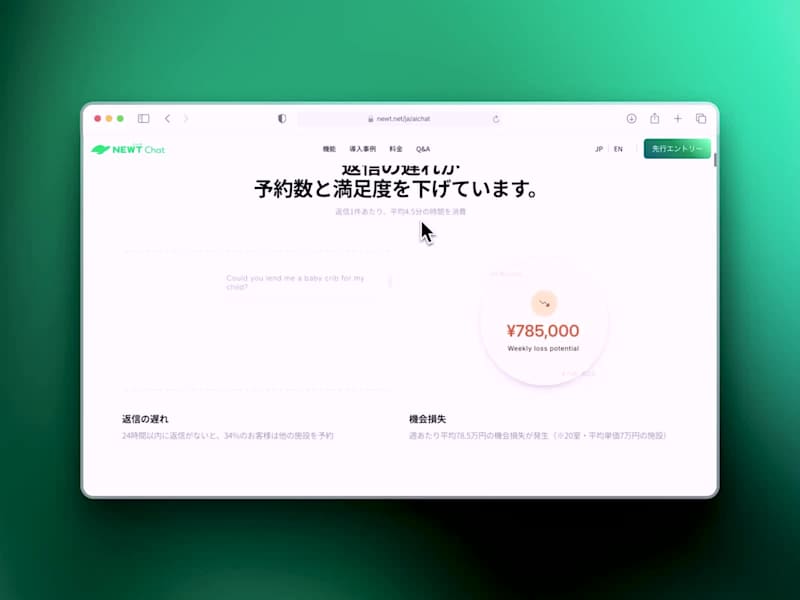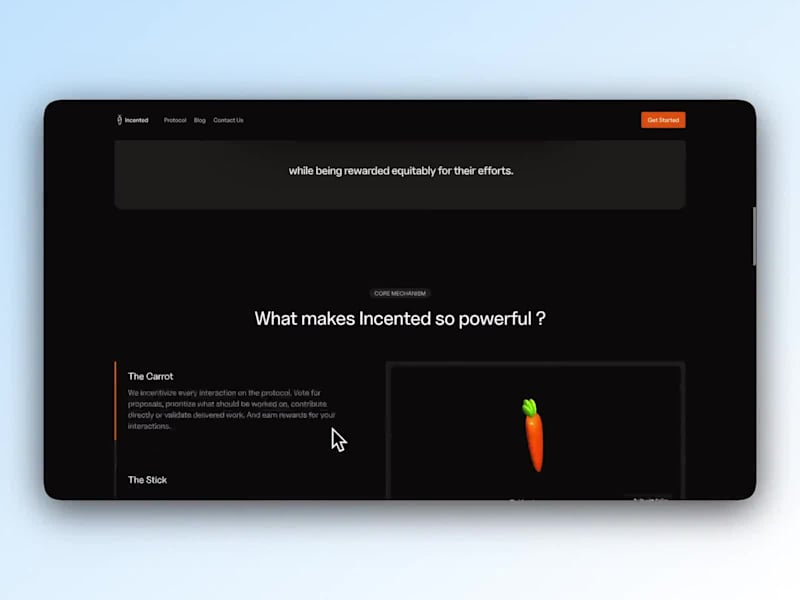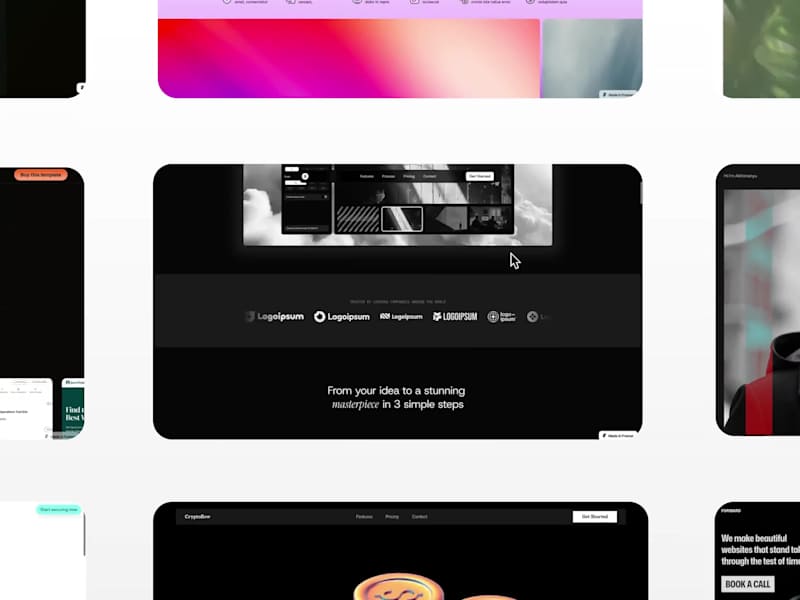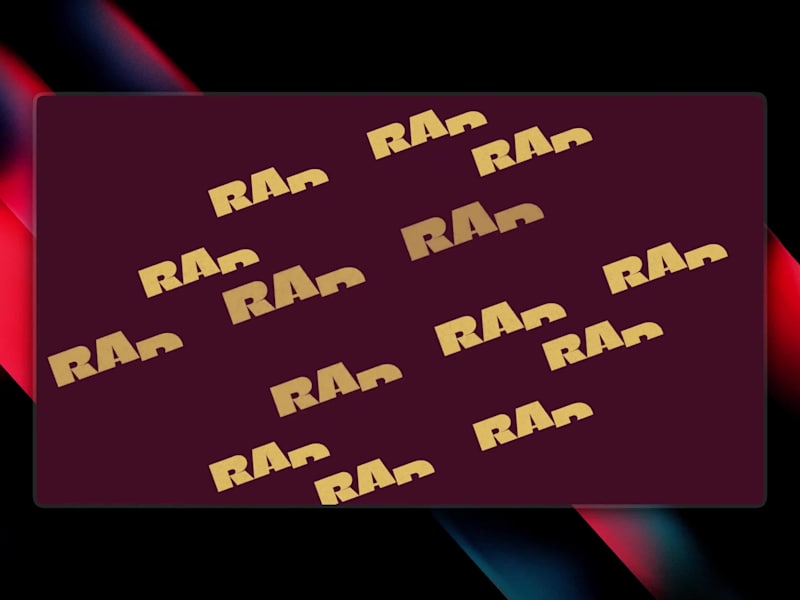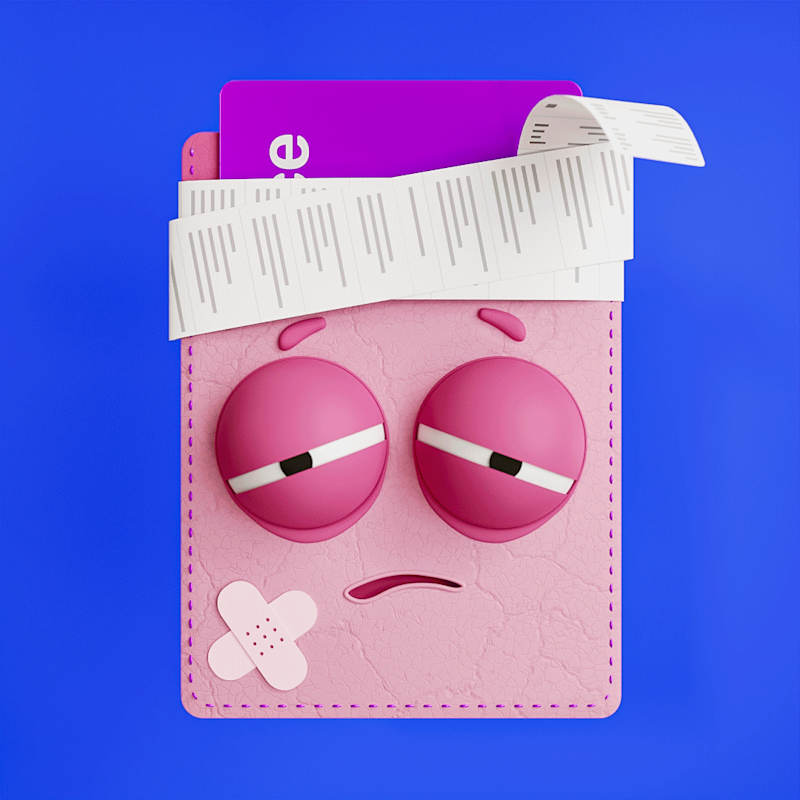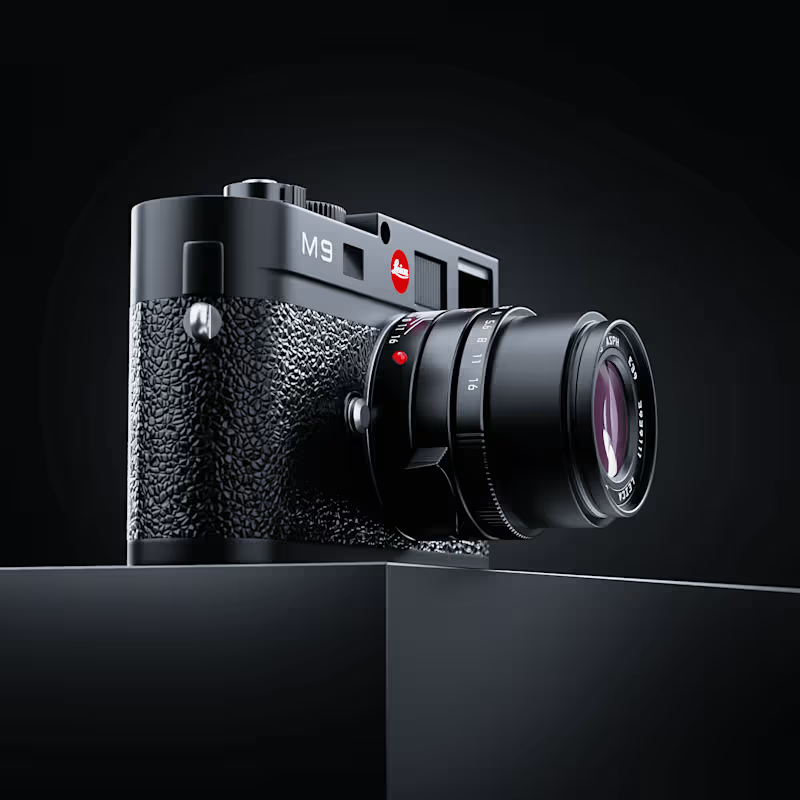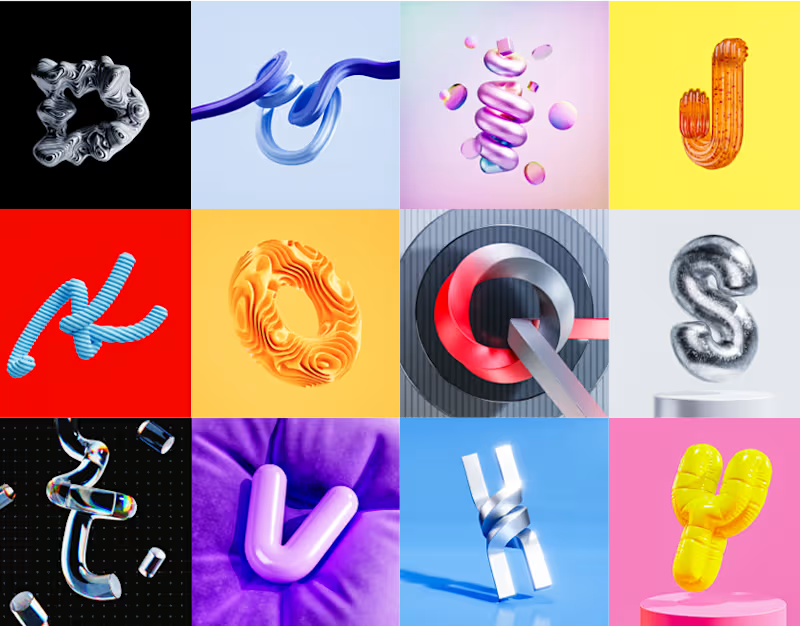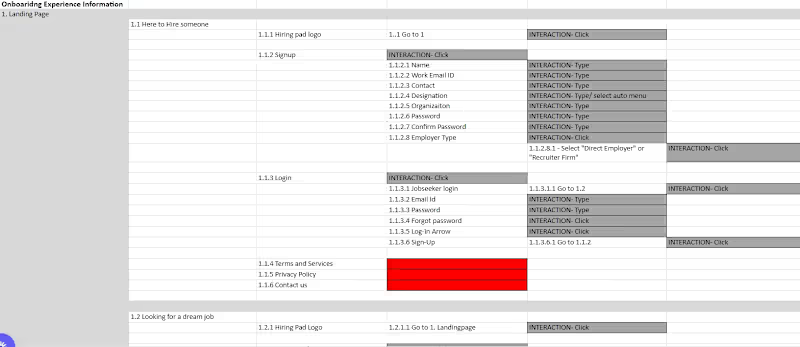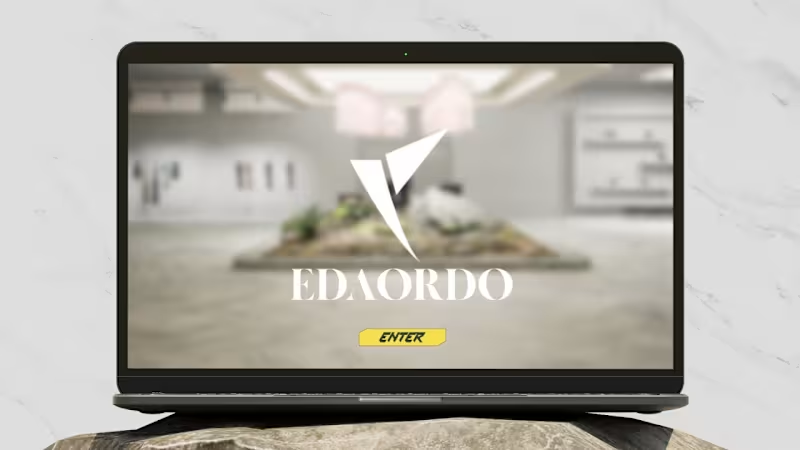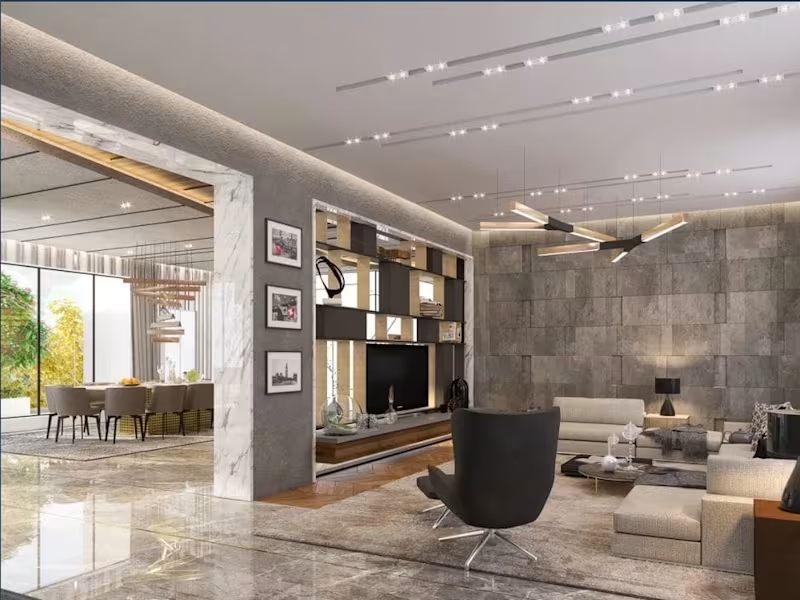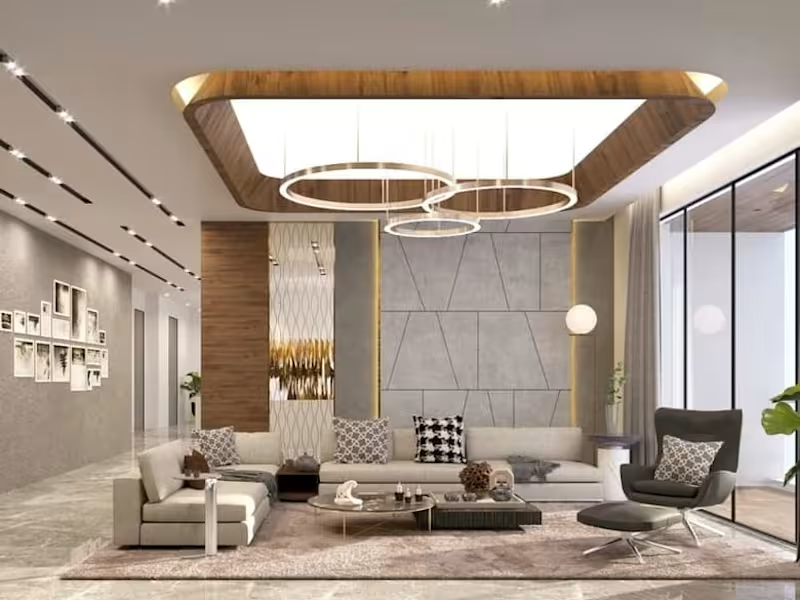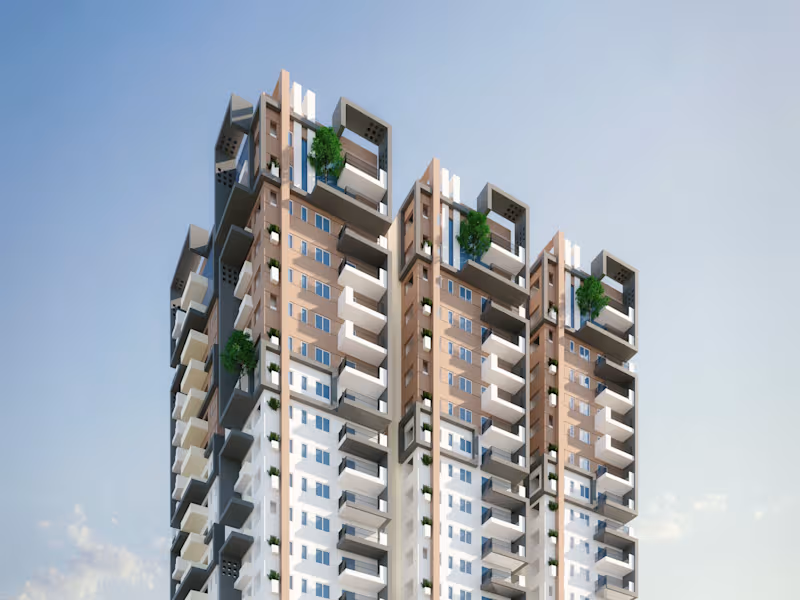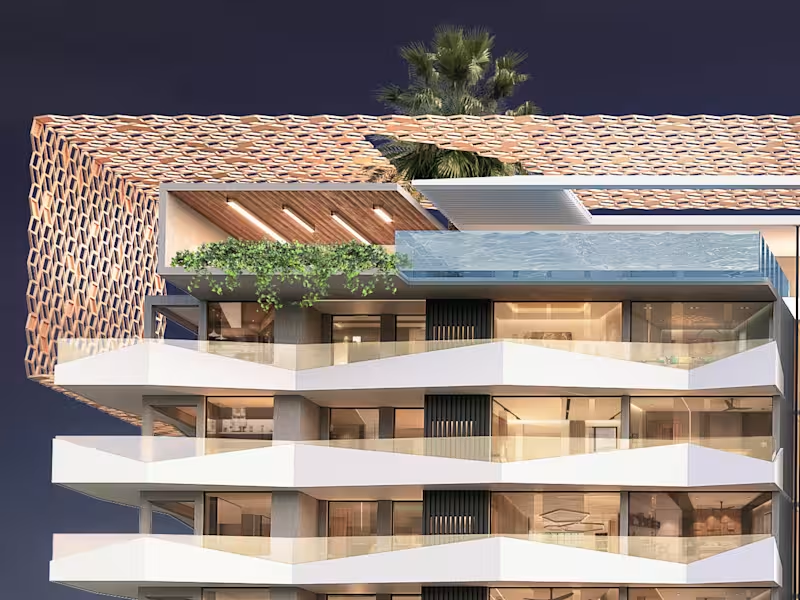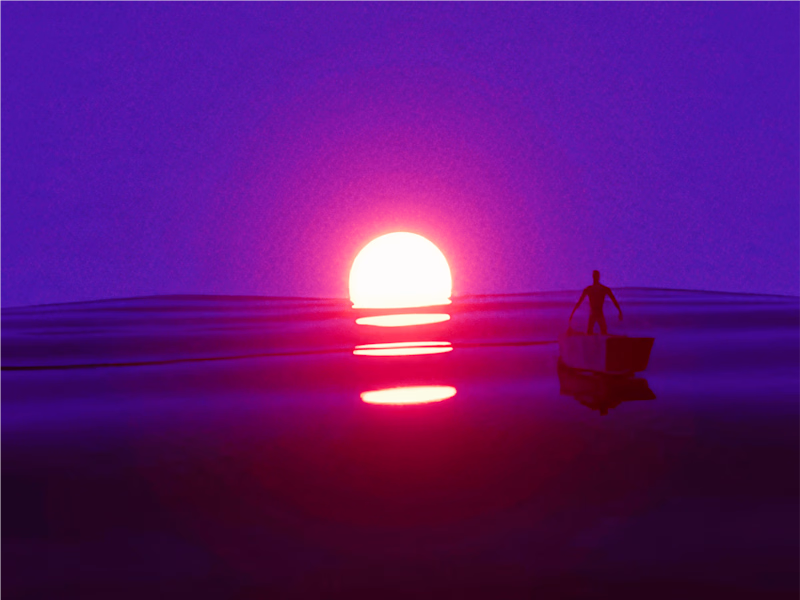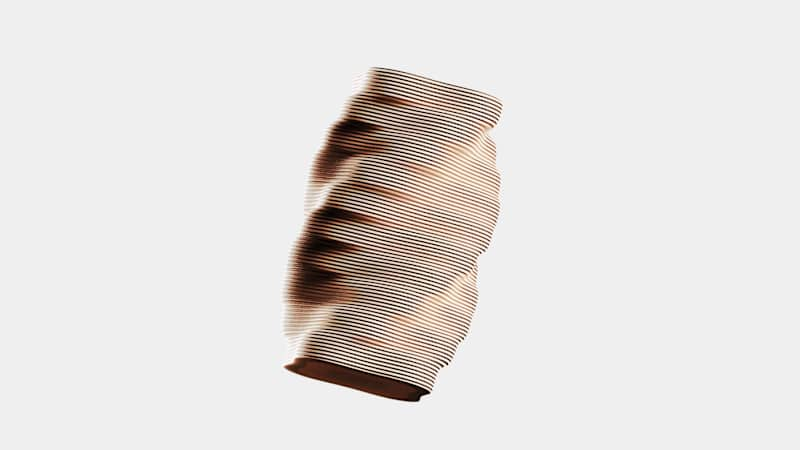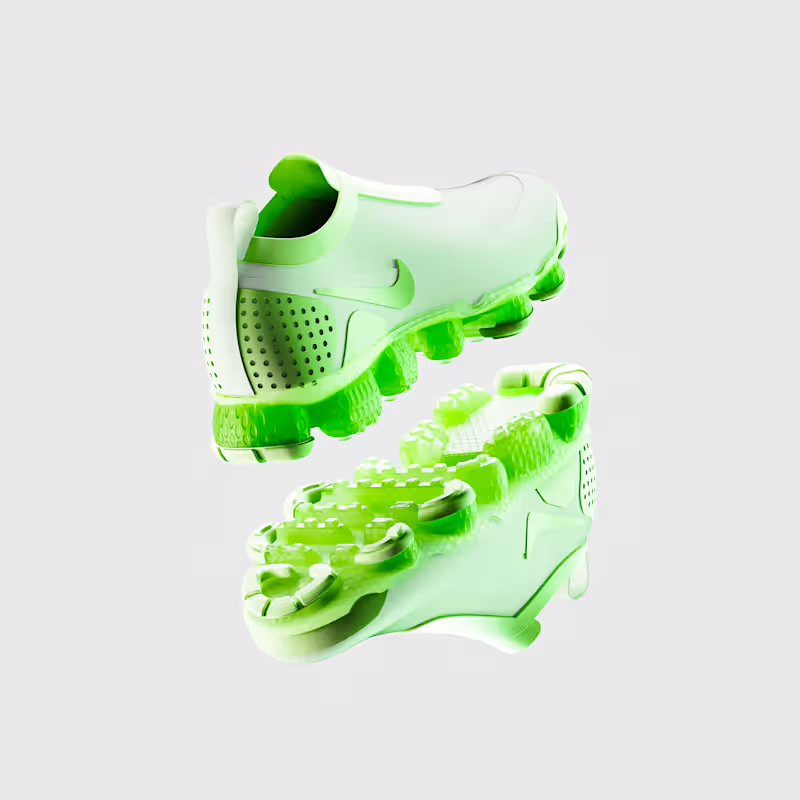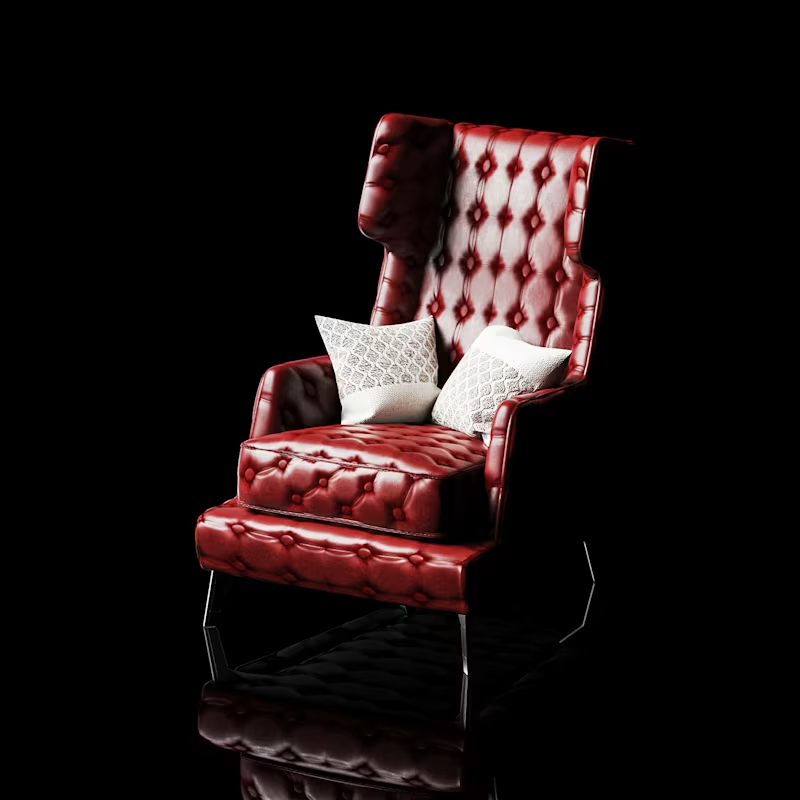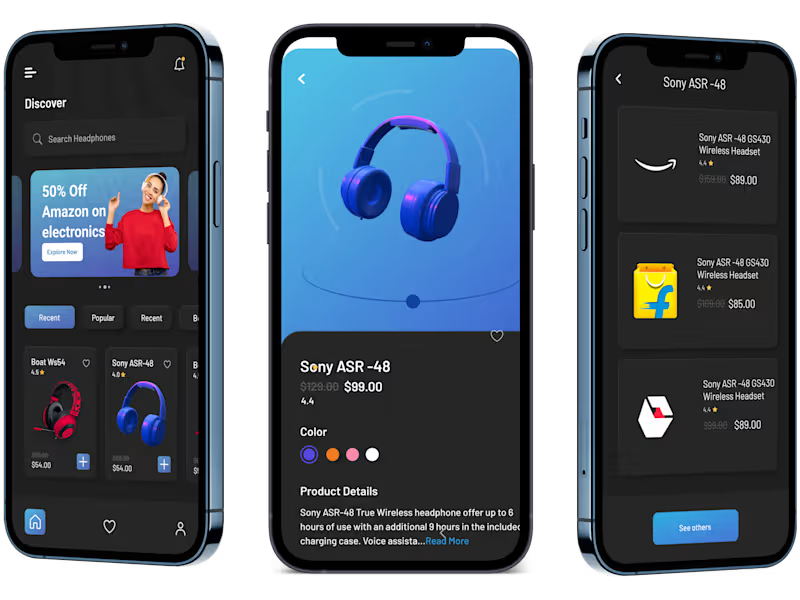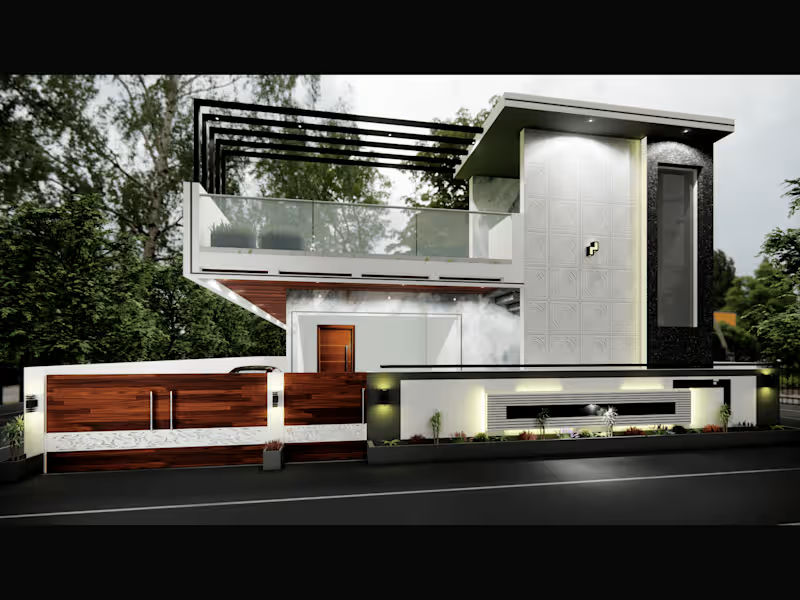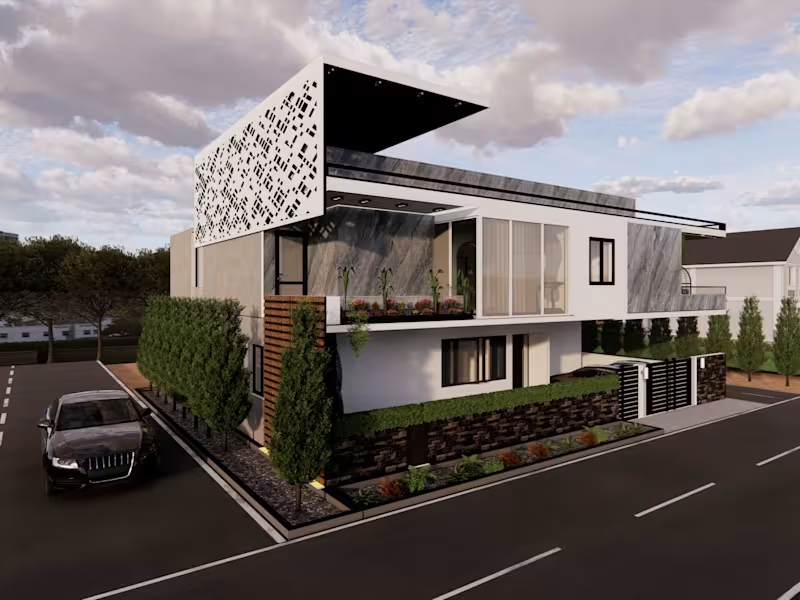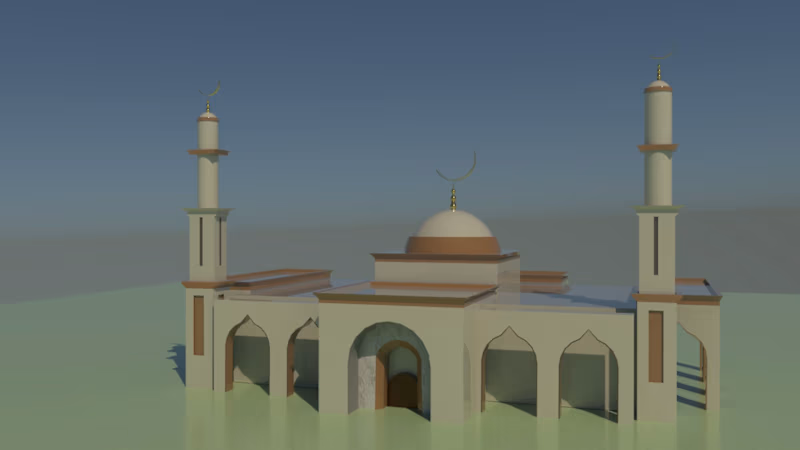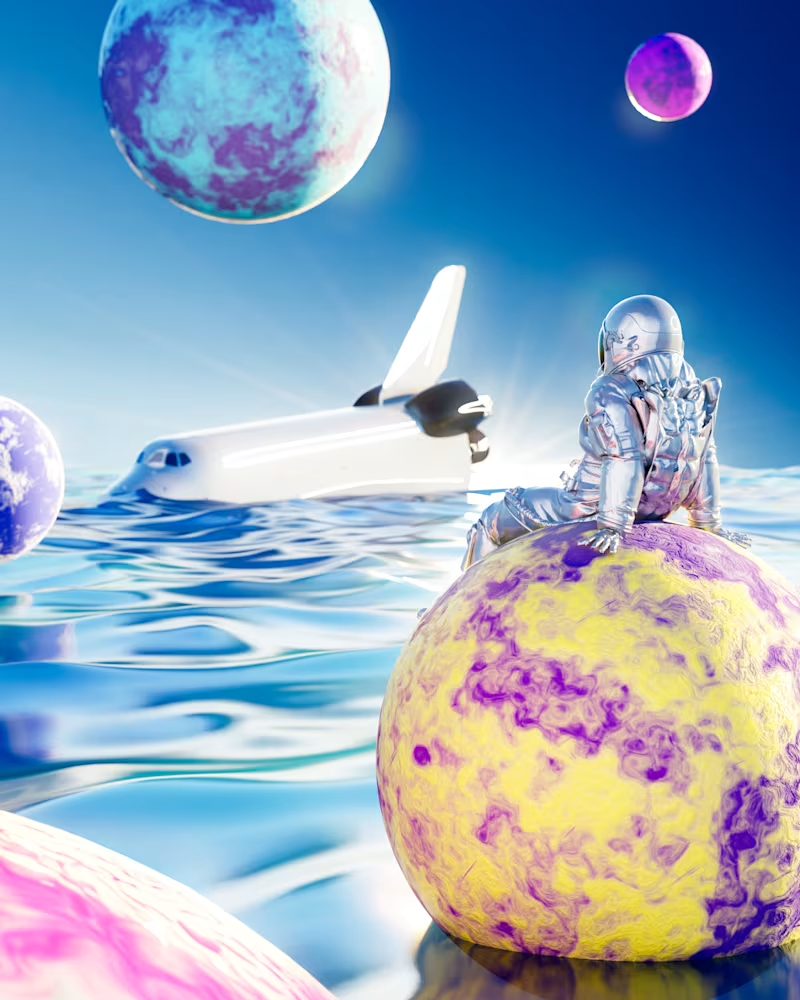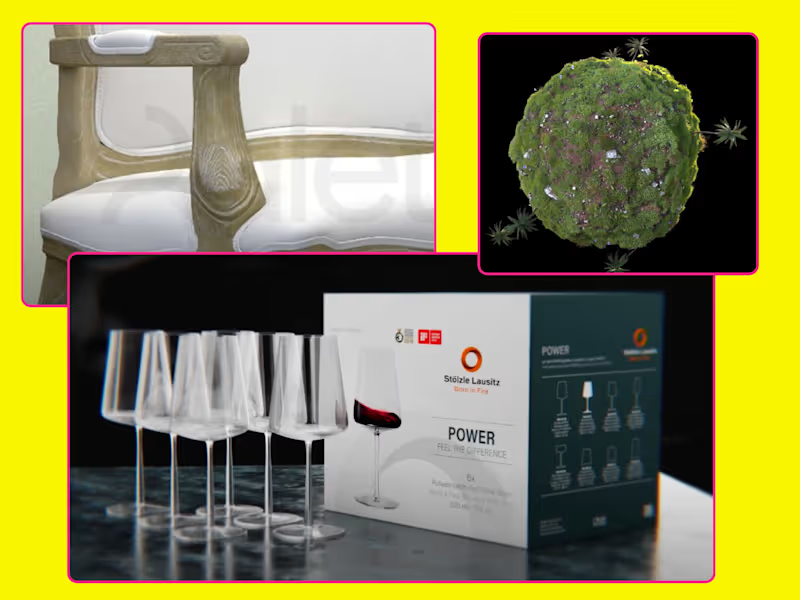What are the essential skills I should look for in a 3D renderer?
When hiring a 3D renderer, look for skills like proficiency in software such as Blender or 3ds Max. Check if they have experience in creating realistic textures, lighting, and rendering. A good 3D renderer should understand spatial dimensions and have an eye for detail. Make sure they can create engaging and believable models. Their portfolio will show how well they bring ideas to life in a 3D space.
How do I define my project's scope for a 3D rendering task?
Start by clearly explaining what you need in your project. Detail the scenes or models you'd like them to create, and any specific styles or themes. Agree on the number of renders, the viewpoint styles, and any animation requirements. Ensure all elements like color scheme and texture types are clearly documented. This helps the 3D renderer understand your vision better.
What steps should I take to ensure my requirements align with the renderer's skills?
Start by reviewing their past work to ensure it matches your style. Discuss your project and see if they suggest creative ideas or techniques. Confirm they have experience with projects similar to yours. This way, you can feel confident that their skills meet your needs. The better the match, the smoother your project will go.
How do I set a timeline for my 3D rendering project?
Determine the complexity of the project with the renderer. Ask how long each phase will take from concept to completion. Identify any dependencies and set realistic dates for feedback and revisions. In Telangana, consider local holidays that might affect the timeline. A clear timeline helps you and the renderer plan efficiently.
What are the best communication practices when collaborating with a 3D renderer?
Set up a regular schedule for check-ins and updates on progress. Use a communication method that works best for both, like email or video calls. Be clear about your feedback, as it helps the renderer improve the designs. Encourage open dialogue for problem-solving. This ensures that any issues are swiftly resolved.
How can I ensure quality control throughout the 3D rendering process?
Request initial drafts or mock-ups to track the project's direction. Provide constructive feedback early on, so changes can be made easily. Consider asking for interim deliverables, like rough renders, to check for consistency. This ensures that the final product meets your expectations. Regular quality checks keep the project on the right track.
How do I set expectations for the final deliverables with a 3D renderer?
Clearly outline the format and resolution of the final renders. Specify if you need layered files for future editing. Define all the post-processing requirements, if any. Discuss the delivery method, whether online or through physical media. These expectations make sure you receive precisely what you need at the end.
What unique cultural elements should I consider if I want local 3D renderings specific to Hyderabad, Telangana?
If your project requires local flavor, ensure the renderer is familiar with Telangana's culture. Consider incorporating traditional architectural styles, if relevant. Discuss unique elements like historical landmarks or regional color palettes. This adds an authentic touch that resonates well with the local audience. It makes your project not just a rendering but a cultural experience.
How do I prepare reference materials to assist my 3D renderer effectively?
Gather high-quality images, sketches, or models that reflect your vision. Include details such as textures, materials, and colors. Annotate these references with notes on specific design elements you like. This gives the renderer a solid starting point to understand your needs. A well-prepared reference set speeds up the creative process.
What should I confirm about the 3D renderer's tech setup if they're working remotely from Telangana?
Ensure that they have access to software compatible with your project's requirements. Check if their hardware can handle the complexity of your models. Discuss internet capabilities for transfer of large files. Reliable tech resources ensure smooth project execution. This helps avoid delays in receiving high-quality outputs.
Who is Contra for?
Contra is designed for both freelancers (referred to as "independents") and clients. Freelancers can showcase their work, connect with clients, and manage projects commission-free. Clients can discover and hire top freelance talent for their projects.
What is the vision of Contra?
Contra aims to revolutionize the world of work by providing an all-in-one platform that empowers freelancers and clients to connect and collaborate seamlessly, eliminating traditional barriers and commission fees.





























